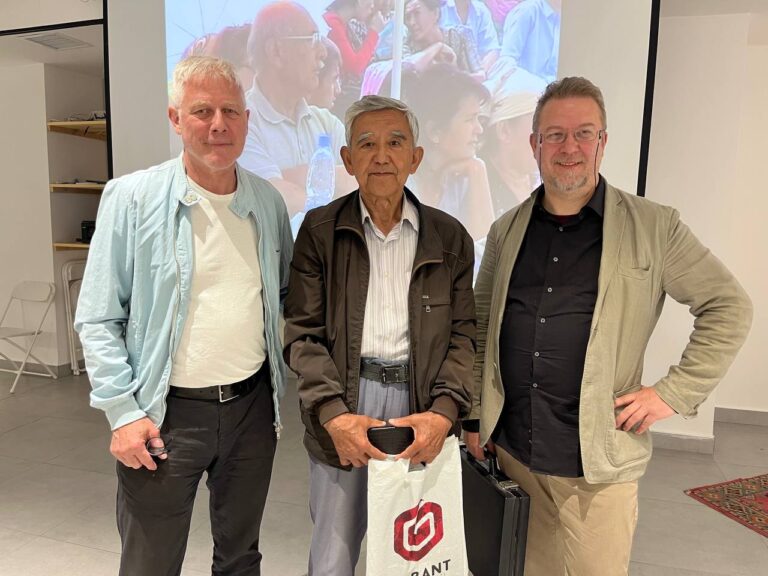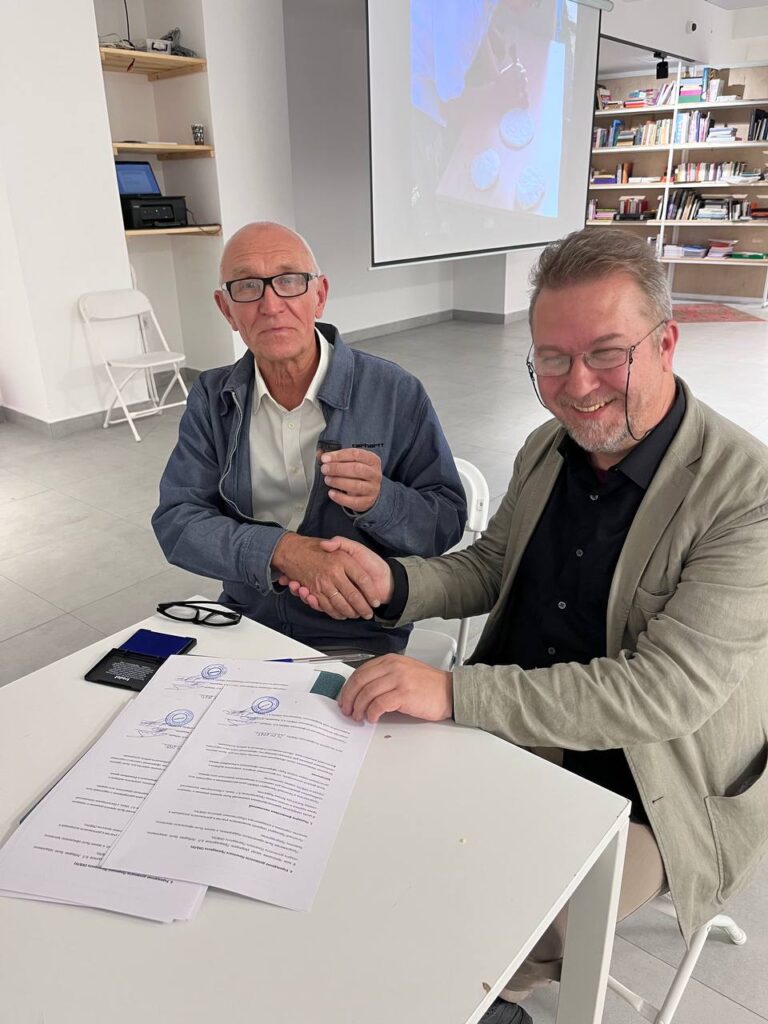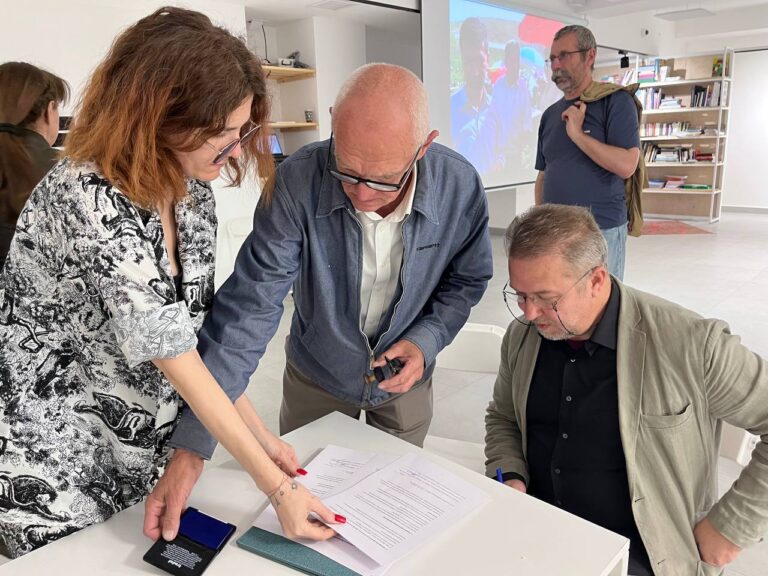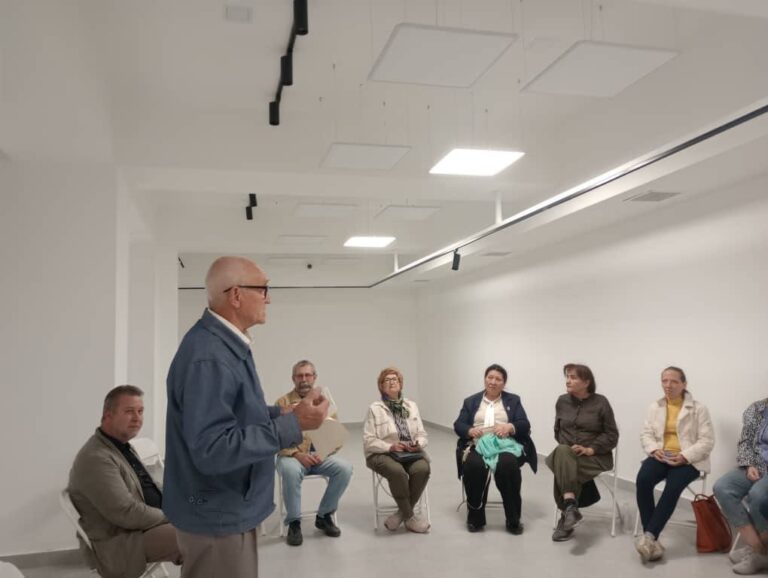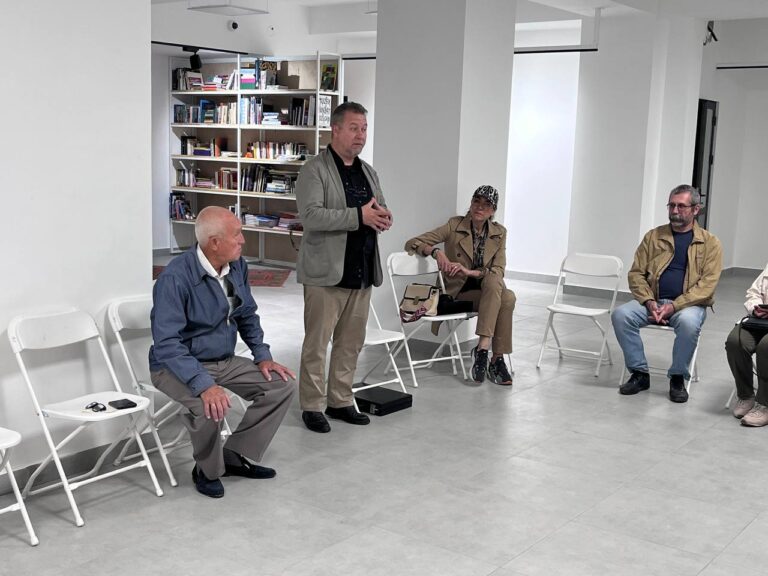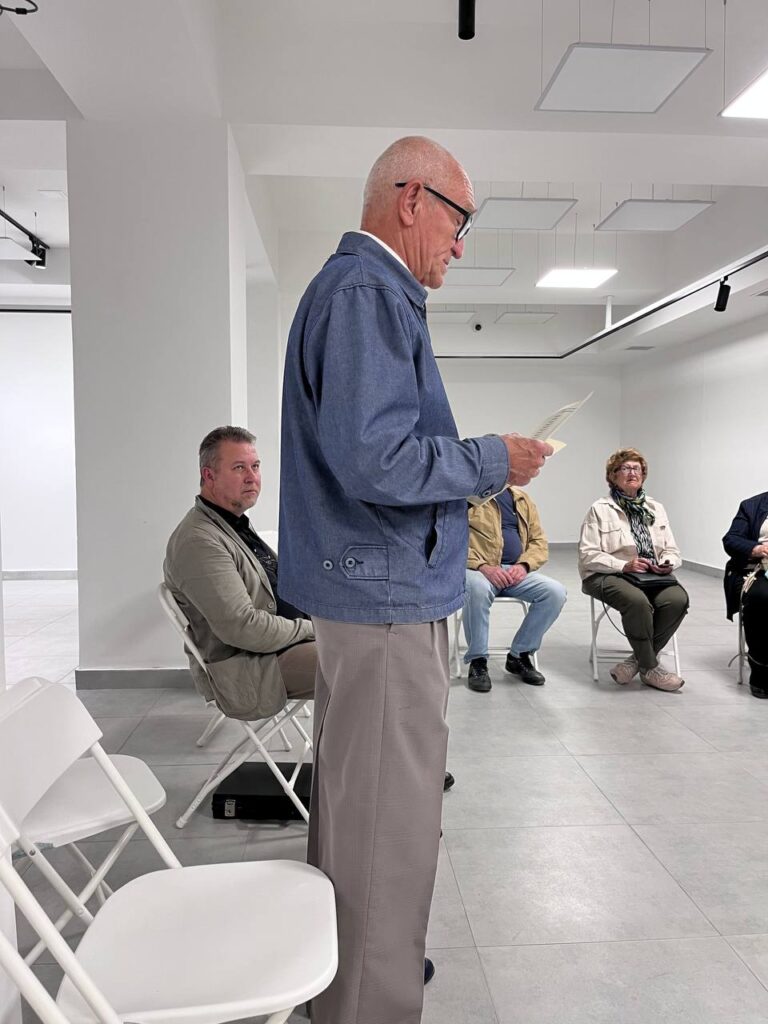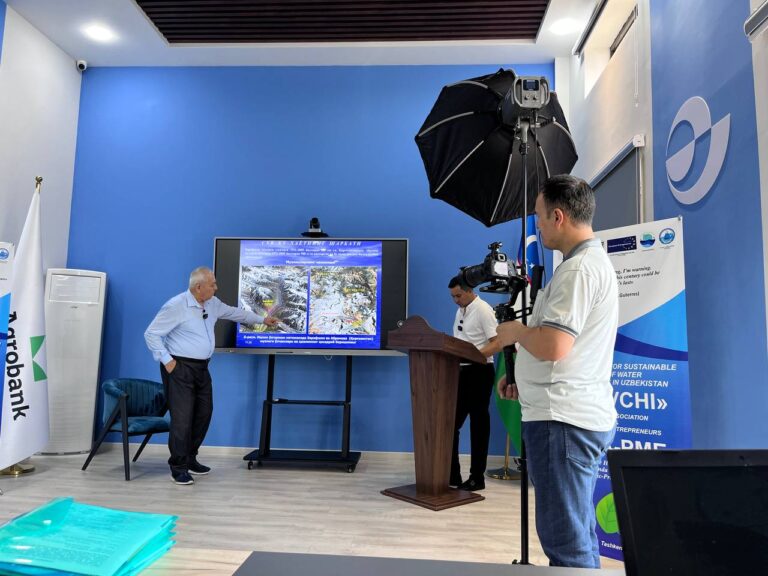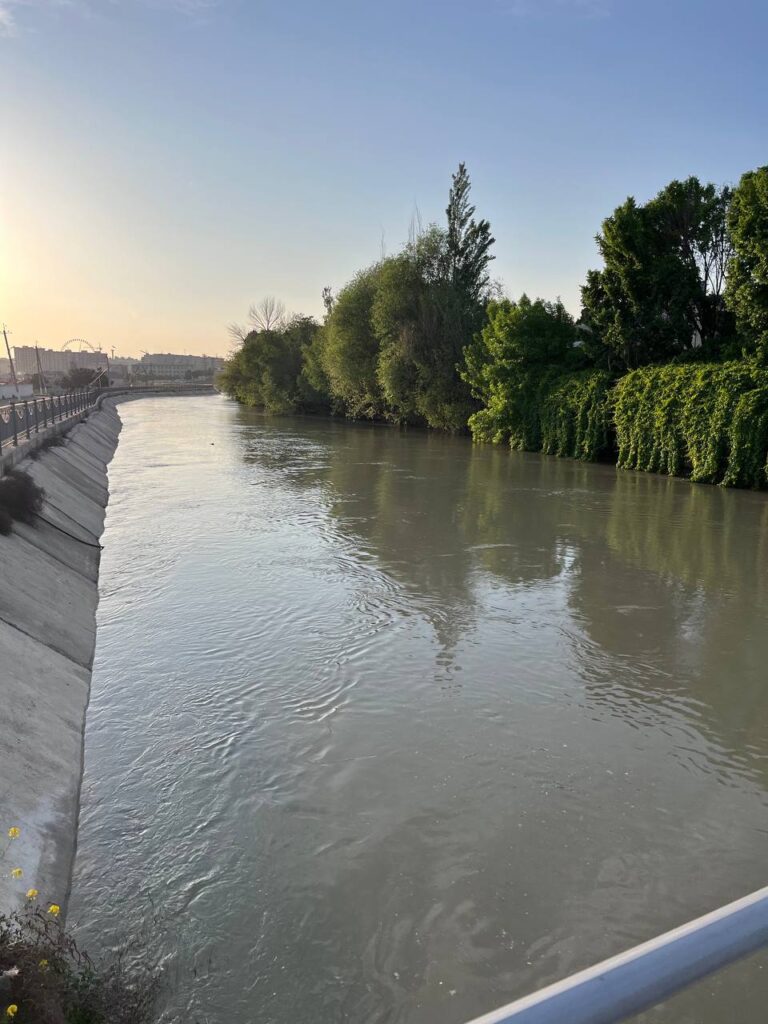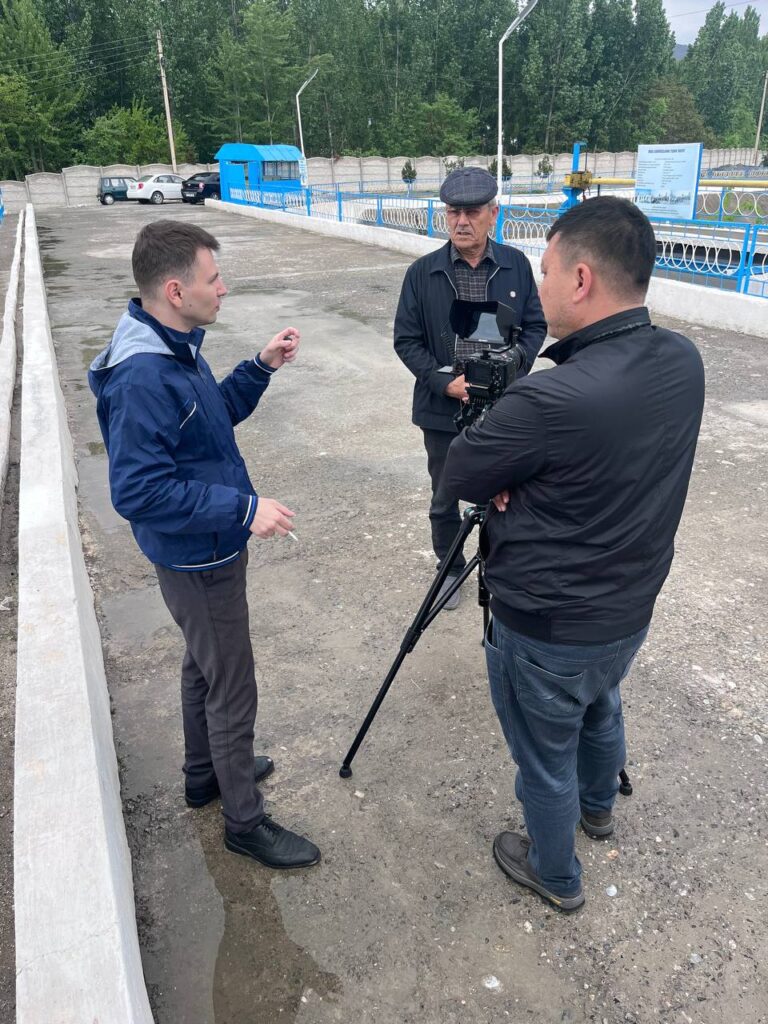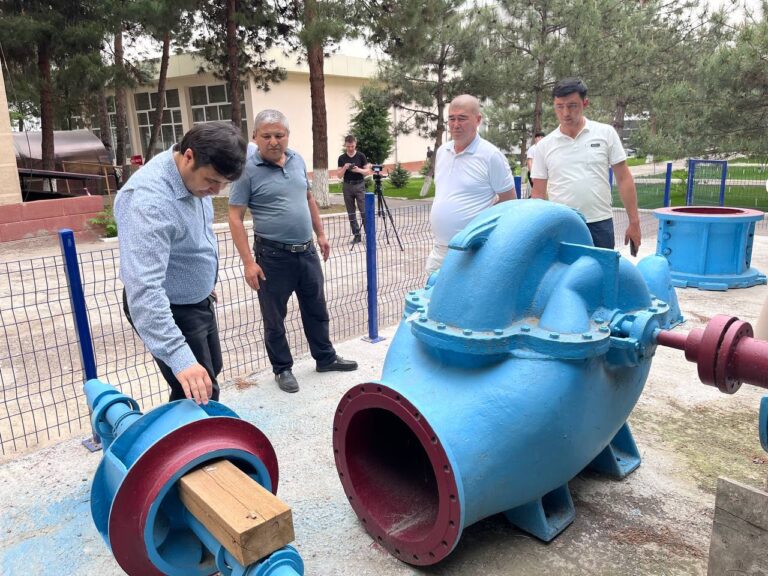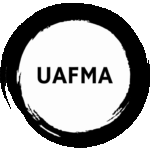Advancing the Green Agenda in Uzbekistan through Public Private Dialogue
Lead Implementing CSO
European Entrepreneurs – Confédération européenne des
associations de petites et moyennes entreprises
Brussels, Belgium
Implementing Partners
European Entrepreneurs – Confédération européenne des
associations de petites et moyennes entreprises
Brussels, Belgium
Places of Implementation
Andijan, Namangan and Fergana regions in the Fergana Valley, Djizzakh and Surkhandarya regions.
Timeframe
March 2024 – March 2026
Why Is The Project Needed?
The project elevates an advocacy campaign against water scarcity by strengthening local
BMOs/CSOs, improving communication, and enhancing visibility. It involves creating a virtual
PPD platform centred on water conservation within the Green Deal. A film will inform and
promote public-private dialogue, showcasing successful campaigns, and enhancing CSOs‘
professionalism and visibility.
How Will The Project Achieve Its Objectives?
The project operates in three clusters across Fergana Valley, Djizzakh, and Surkhandarya
regions, with outcomes disseminated nationwide and in Brussels. Cluster 1 focuses on
engaging 30 rural communities, establishing virtual hubs, and devising development plans in
line with the Green Deal and SDGs. Cluster 2 emphasizes capacity building through a
documentary film, thematic festival, and networking activities. Cluster 3 aims to enhance civil
community capacity through PPD training, workshops, member involvement, and evaluation for
continuous improvement. Overall, the project targets sustainable development, advocacy, and
knowledge dissemination in Uzbekistan and internationally.
Who Will Be Involved In The Project?
The beneficiaries of the project include over 25,000 individuals in rural communities, particularly focusing on environmental and water-related issues, including youth, women, and young parents. The broader civil society of Uzbekistan will also benefit. Stakeholders encompass rural activists, local specialists, NGOs, BMOs, and CSOs, totalling over 50 grassroots organizations. Additionally, mass media, rural educational and social institutions (over 30 organizations), and vulnerable groups (over 300 individuals) such as people with disabilities, single mothers, and elderly are stakeholders. Village councils, authorities, and government bodies (over 30) are also key stakeholders involved in the project.
